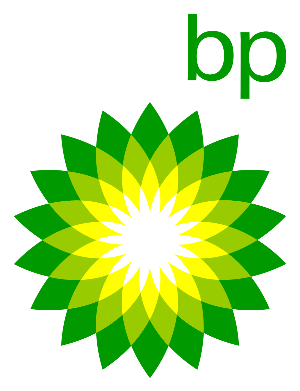
The Thunder Horse Field was discovered in 1999 and is one of BP’s largest discoveries in the Gulf of Mexico to date.
Almost three decades after BP started investigating the deepwater Gulf of Mexico, the organization stays one of the area's driving oil and gas makers.
Offshore Energy
The deepwater Gulf of Mexico is one of BP's center regions all inclusive, and BP trusts it has critical open doors for future development based around four noteworthy delivering center points, four non-worked center points and an exceedingly forthcoming real estate position.
Subsea Oil Production
Somewhere in the range of 2014 and 2017, its normal day by day creation in the district expanded from 252,000 barrels of oil proportional to in excess of 300,000 barrels for every day. This mirrors BP's proceeded with venture at its four monstrous Gulf of Mexico generation stages: Atlantis, Na Kika, Thunder Horse and Mad Dog.
Thunder Horse Infographic
Take a look and enjoy this infographic provided by BP!
The Thunder Horse development consists of a semi-submersible Production/Drilling/Quarters (PDQ) facility, with the capacity to produce 250,000 b/d of oil, and 200 mmscfd of gas.
BP is using drones and robots offshore so engineers can stop potential problems before they start.
Thunder Horse oil field is a large offshore deepwater oil field in the Gulf of Mexico, around 150 miles southeast of New Orleans, Louisiana.
Found in July 1999, Thunder Horse is right now one of the biggest deepwater creating fields in the Gulf of Mexico. It comprises of two neighboring fields ('north' and 'south') being grown together, with stores in the Upper Miocene turbidite sandstones. The wells required to get to the supply are the absolute most profound in the Gulf.
The Thunder Horse improvement comprises of a semi-submersible "Production, Drilling, Quarters" (commonly referred to as the "PDQ") office, with the ability to deliver 250,000 b/d of oil, and 200 mmscfd of gas. The prepared oil and gas is then transported to shore through outsider worked framework on the Proteus and Endymion (oil), and Okeanos and Destin (gas) pipeline frameworks.
First oil was accomplished in June 2008 and increase to office limit was effectively accomplished inside the main year of activity. In 2017 BP begun up the Thunder Horse South Expansion venture 11 months in front of timetable and $150 million under spending plan. The task is normal to support generation at the office by an expected 50,000 gross barrels of oil proportionate every day. BP works the advancement (75% enthusiasm), with co-proprietor ExxonMobil owning the equalization.
About BP:Over the past 10 years, BP has invested more than $90 billion in the U.S. – more than any other energy company. BP is a leading producer of oil and gas and produces enough energy annually to light nearly the entire country for a year. Employing about 14,000 people across the country, BP supports more than 130,000 additional jobs through all of its business activities.
Notes to editors:- BP is the largest investor in the deepwater Gulf of Mexico over the past 10 years.
- BP is one of the largest leaseholders in the Gulf with acreage in about 400 lease blocks.
- Thunder Horse is operated by BP with a 75% working interest. ExxonMobil is a partner with a 25% working interest.
- During 2016 BP successfully launched a major water injection project in its Thunder Horse field that will allow for the recovery of an additional 65 million barrels of oil equivalent.
- Field production began in 2008 from the Thunder Horse field.
- The Thunder Horse Field was discovered in 1999 and is one of BP’s largest discoveries in the Gulf of Mexico to date.
- Between 2013 and 2016, BP’s average daily production in U.S. Gulf of Mexico increased from 189,000 net barrels of oil equivalent to 264,000 net barrels.
BP Press Office, Houston +1 281 366 4463, uspress@bp.com




